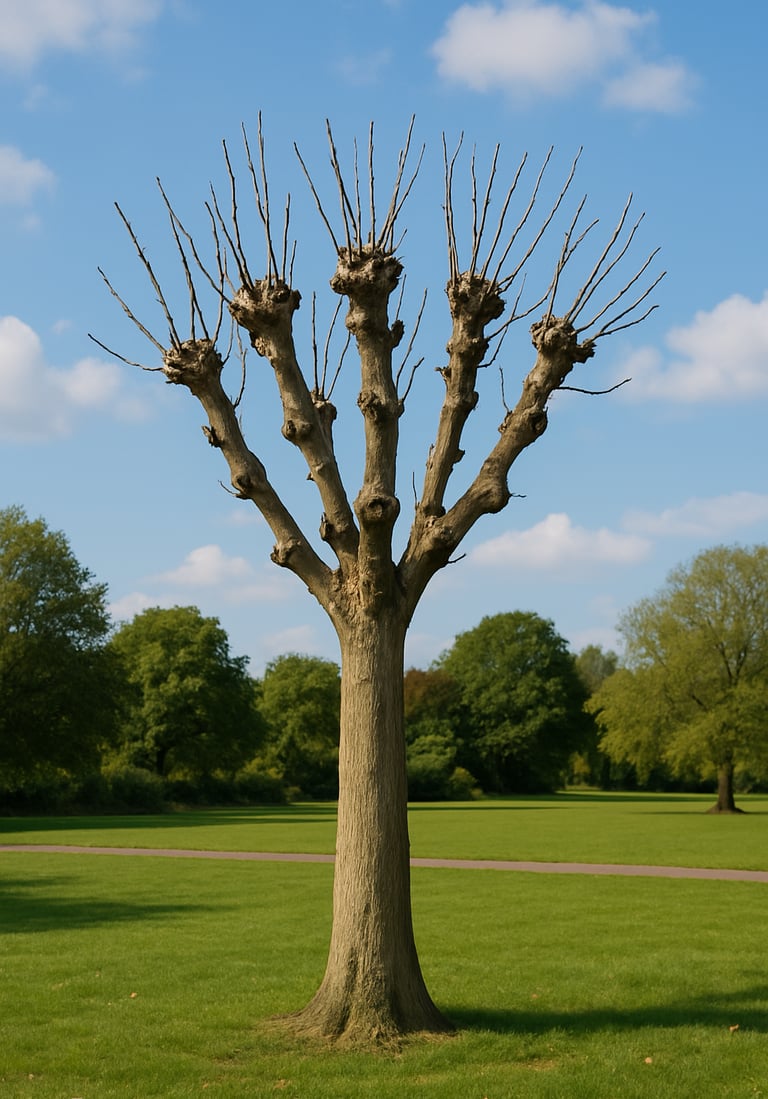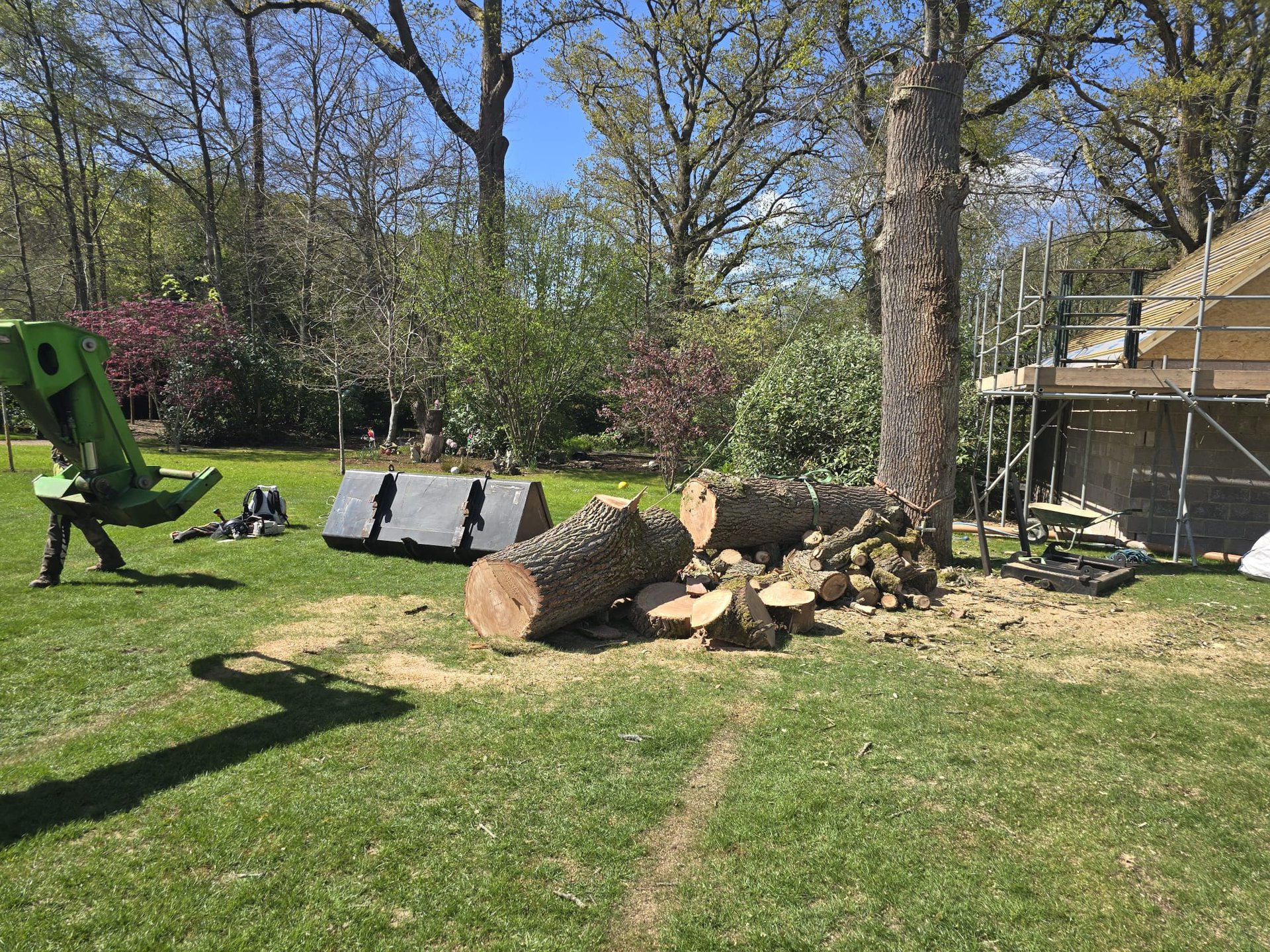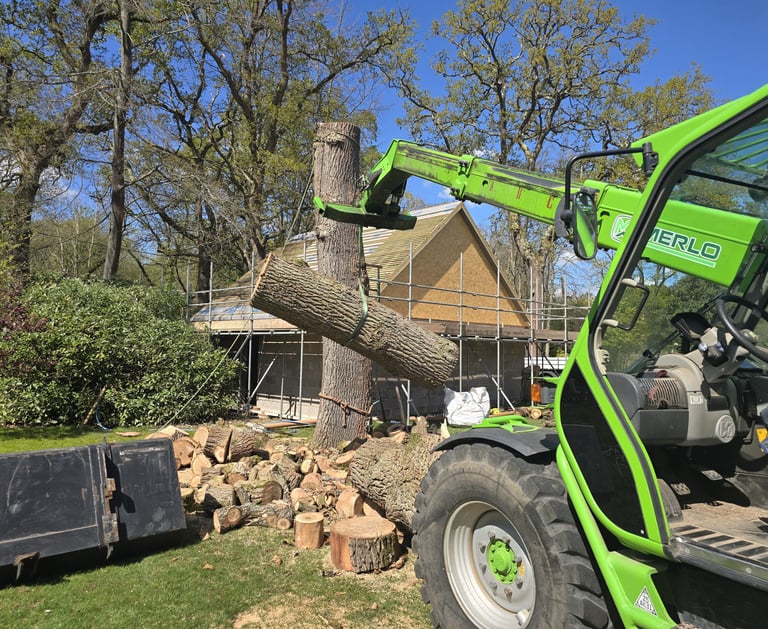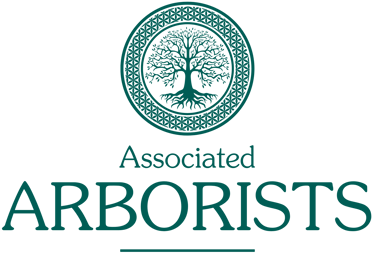
Pollarding
The process of cutting back the upper branches of a young tree to promote a dense head of foliage and branches.
What is Pollarding?
Pollarding is a pruning technique that involves cutting back the upper branches of a young tree to promote a dense head of foliage and branches. It’s typically started when the tree is still young and then maintained on a regular schedule (often annually or every few years). The key idea is to control the size and shape of the tree over time without damaging its health.
The main branch systems of trees are pruned heavily to short stubs. This promotes vigorous young re-growth from the stumpy branches. It is often used in urban areas to reduce the crown size of old street trees.



When you need pollarding
When a tree is pollarded, the branches should be pruned just above the previous pollarding cuts.
Trees are cut back every few years to promote branching and increase wood yield.
Weaker wood prone start producing multiple shoots, such as willow that can become hazardous so Ideally, try to return to a frequent cutting cycle to prevent branches becoming to heavy.
Once a tree or shrub reaches a certain height, and annual pollarding will restrict the plant to that height.
The result is a distinctive appearance characterised by knuckle-like growth at the end of each branch.
Initiated when the tree is young, which helps it adapt.


Get started Early
Regular Maintenance
Done on a cycle to maintain regrowth from the same points.
Encourages Healthy Regrowth
New shoots grow from the pollarded points, creating a controlled, dense canopy.
Key Features of Pollarding
Ideal in urban settings where space is limited.
Used for Size Control
Common Trees for Pollarding
London plane trees, willows, mulberries, and linden trees.
Need tree felling?
Get in touch
Contact us today for a free consultation and no-obligation quote. We look forward to helping you achieve a healthy and beautiful landscape.
Phone
07588754040
Expert tree surgery and maintenance in Berkshire.
Contact
07588754040
© 2025. All rights reserved.




